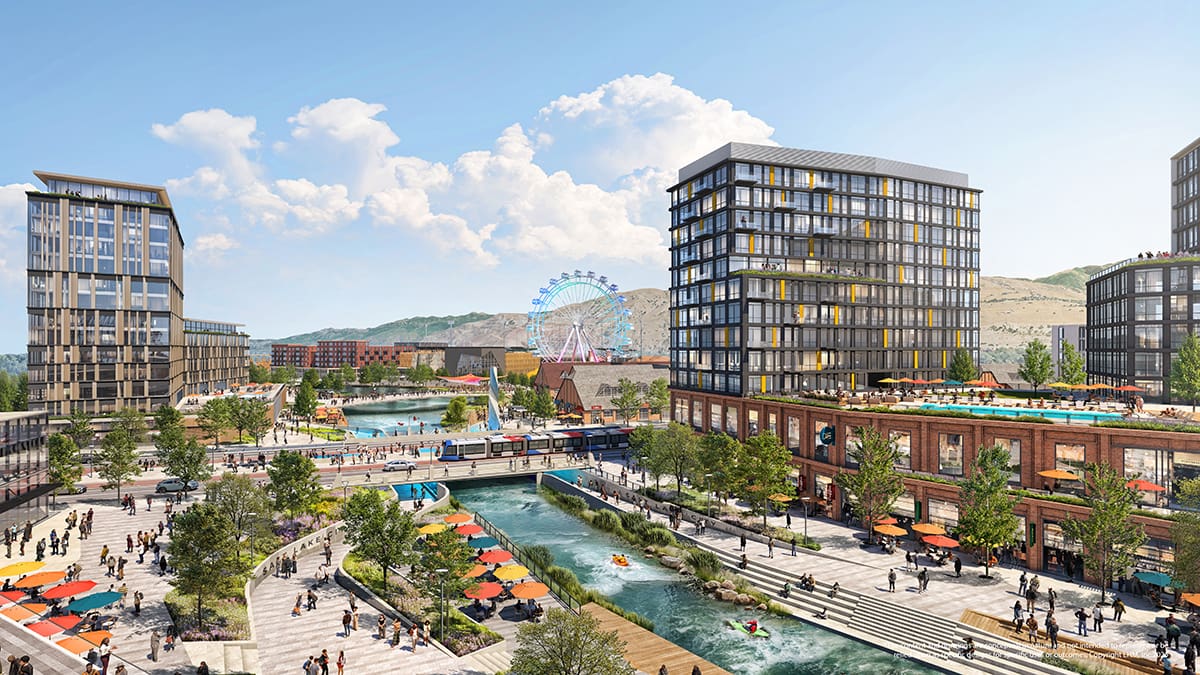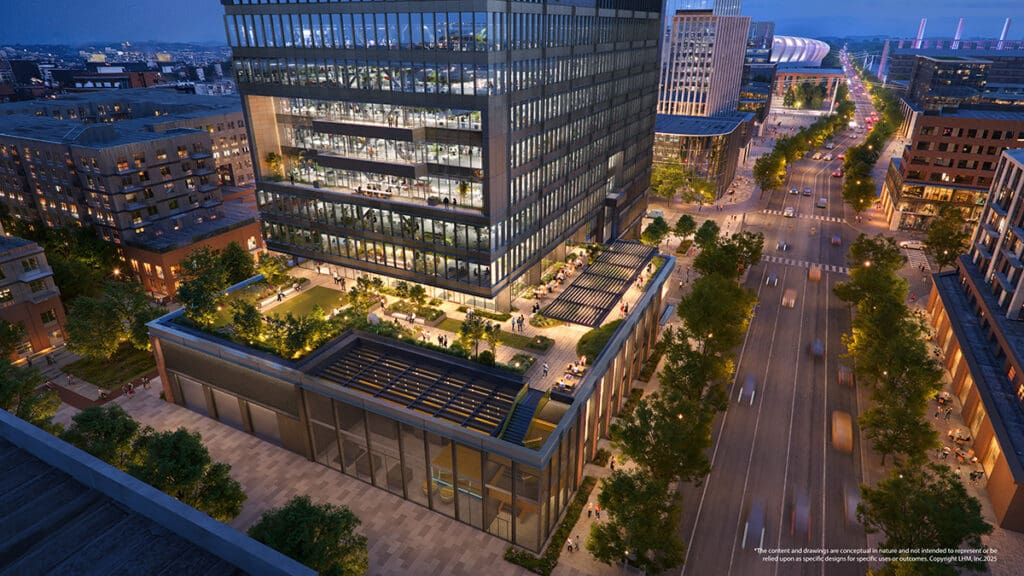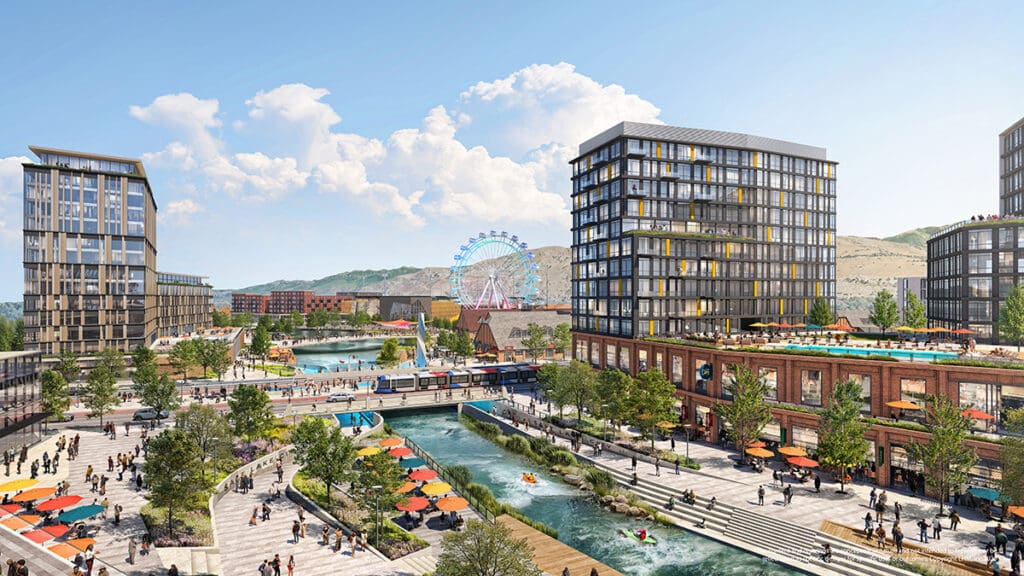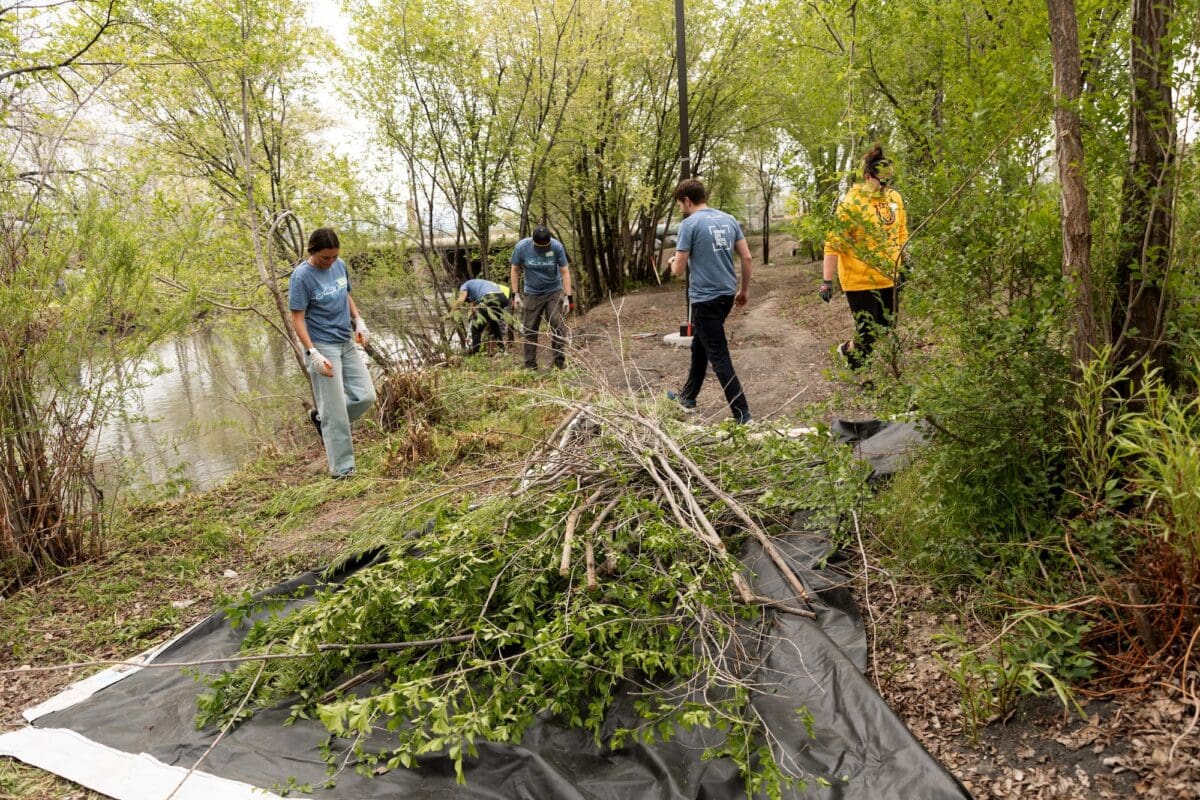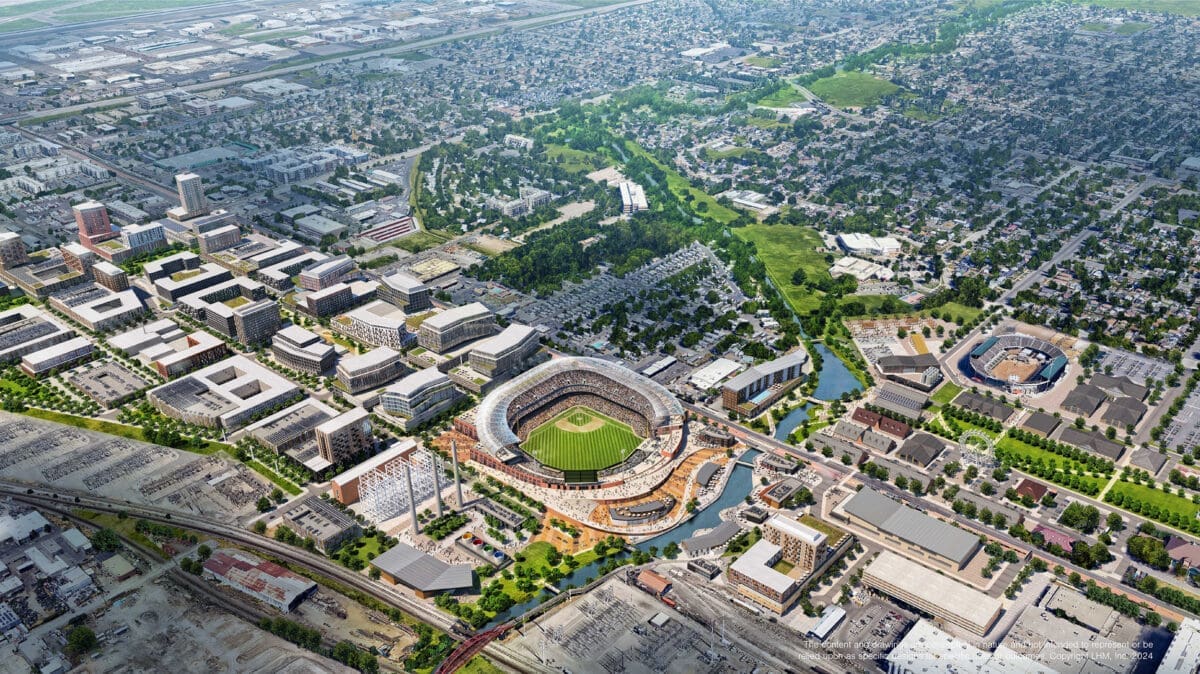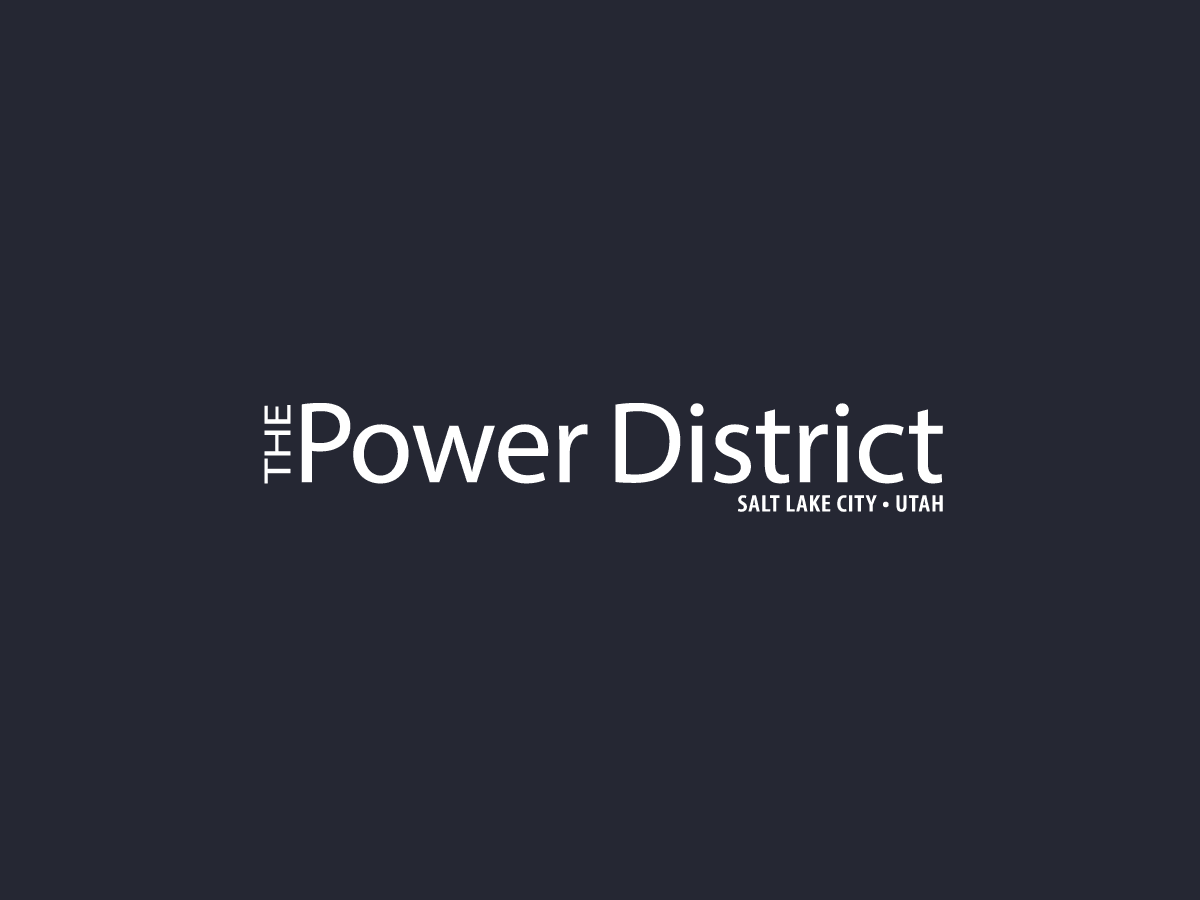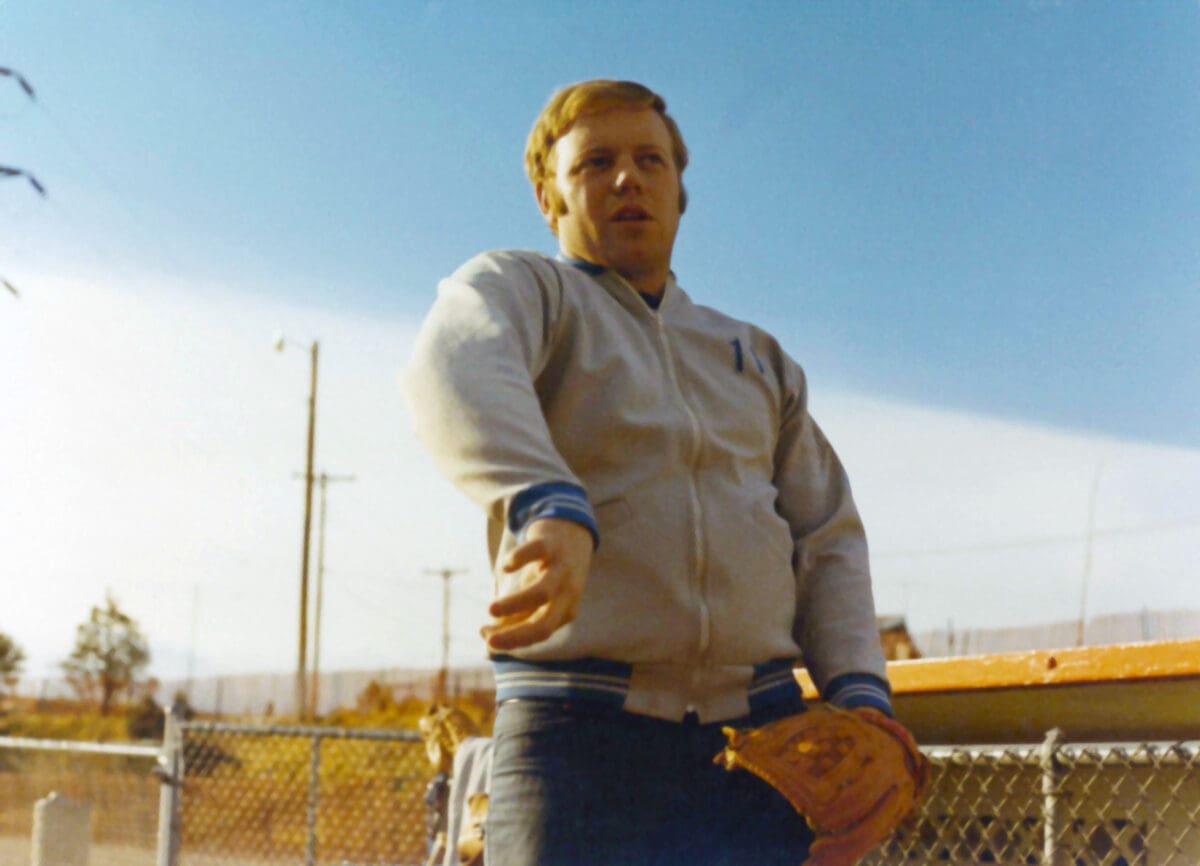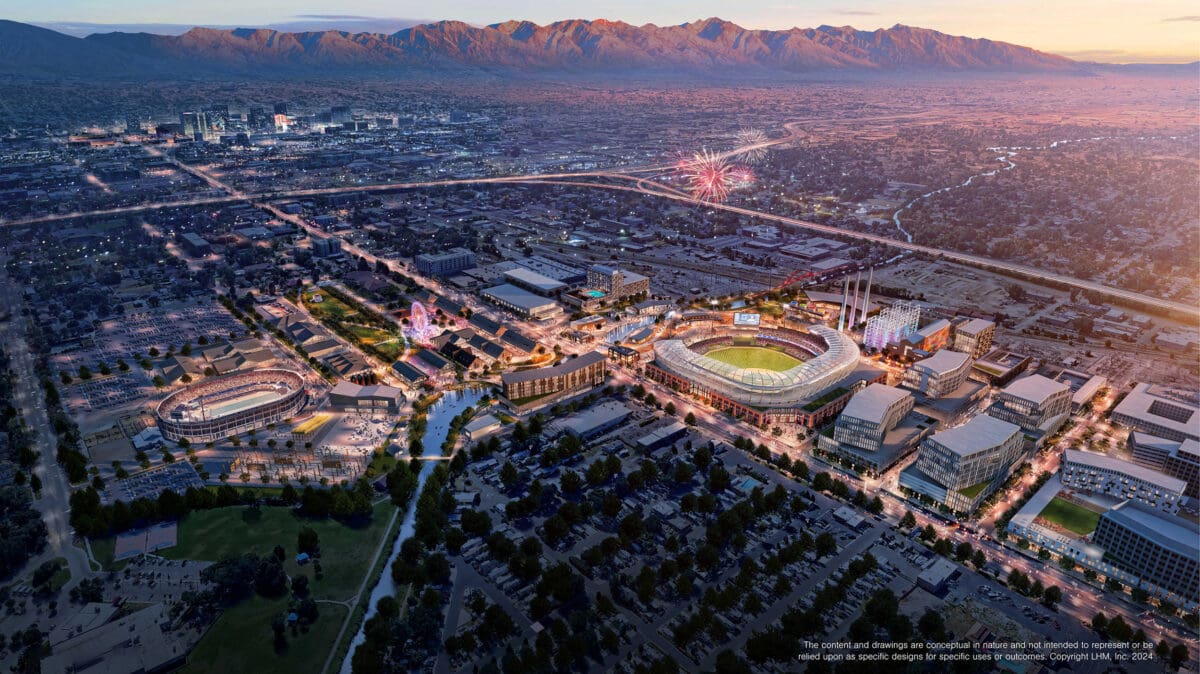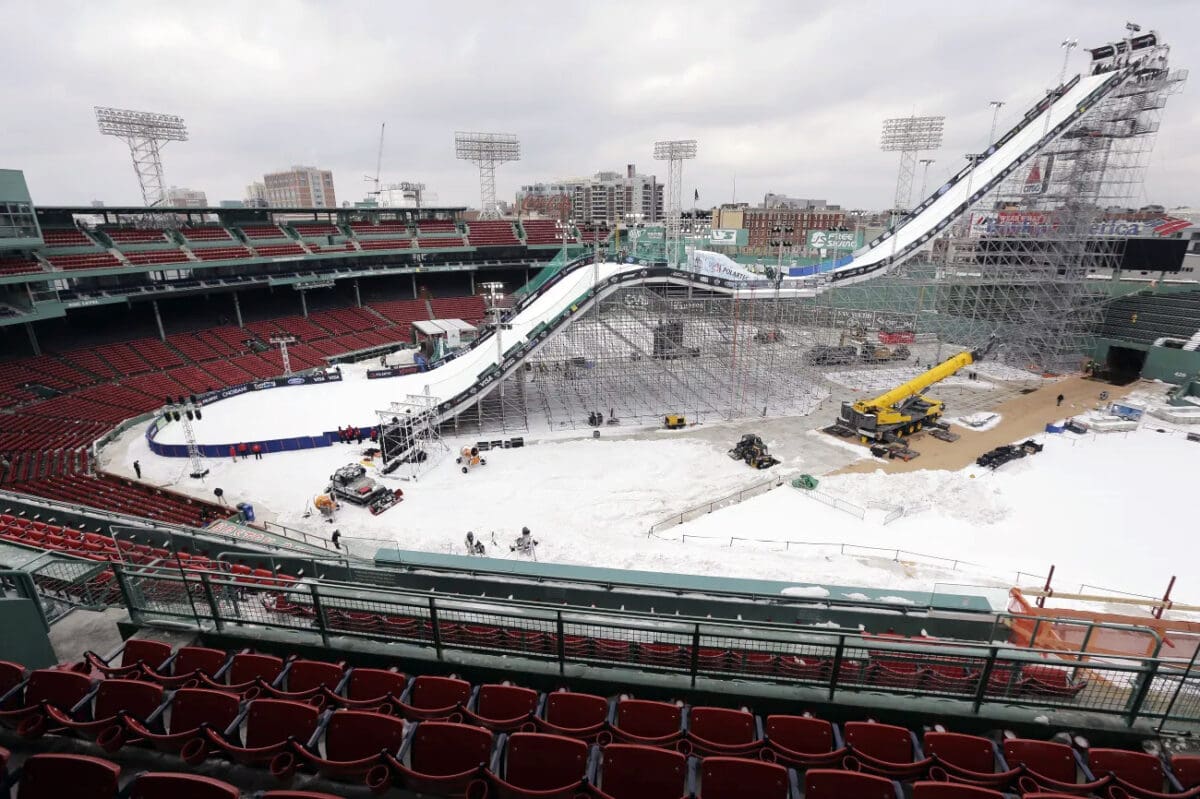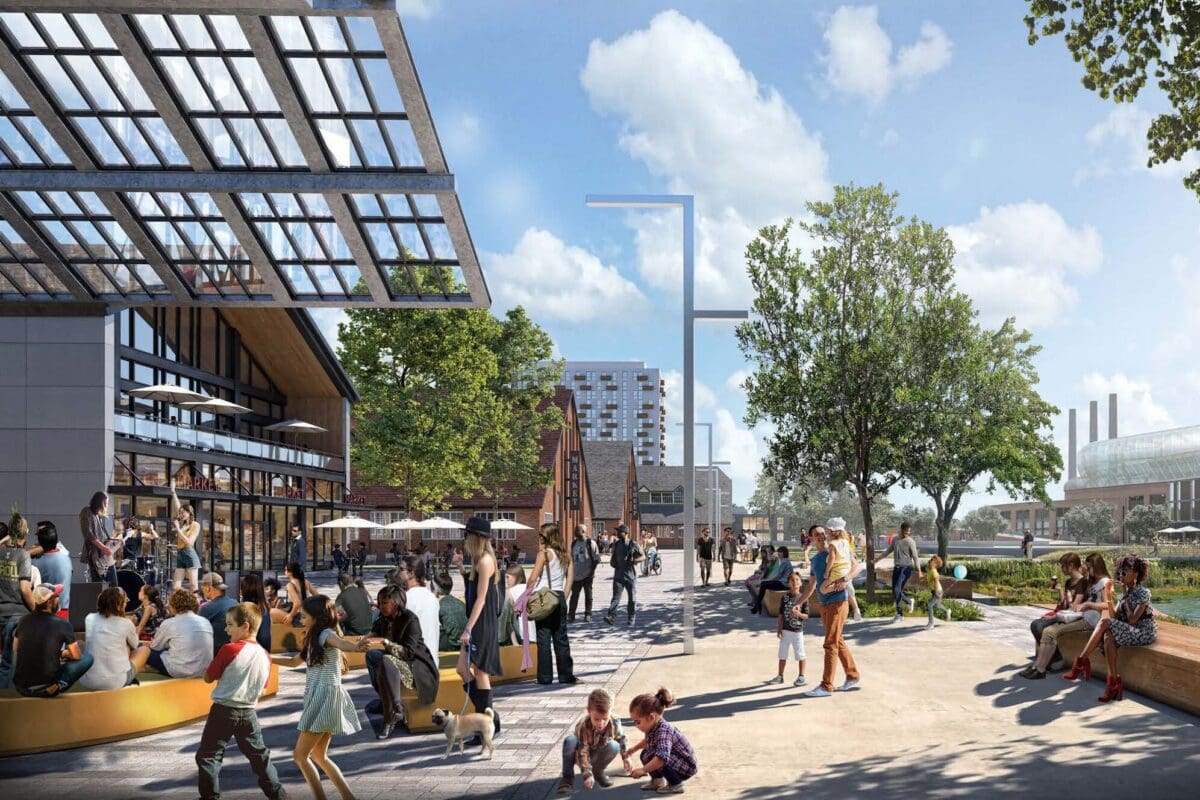Westside Residents Begin Rebuilding with Support from Larry H. & Gail Miller Family Foundation
Larry H. & Gail Miller Family Foundation and Larry H. Miller Real Estate step up to support Westside flood recovery with more than $125,000 in combined aid and materials.
SALT LAKE CITY, UT (November 6, 2025) —The Larry H. & Gail Miller Family Foundation has committed $100,000 to the Westside Flood Relief Fund and local recovery efforts to support nearly two dozen residents following devastating floods last month.
Record-breaking rainfall during the first two weeks of October, totaling over five inches, followed by additional storms, shattered records and caused widespread damage across Salt Lake City’s westside.
“No family ever expects something like this to happen to them, and my heart goes out to my neighbors who have been impacted,” said Senator Luz Escamilla. “I am deeply grateful for the Miller family’s generosity. In moments of hardship, we see people’s true hearts, and the Foundation is showing us what it means to stand with the Westside, not just in words, but through action.”
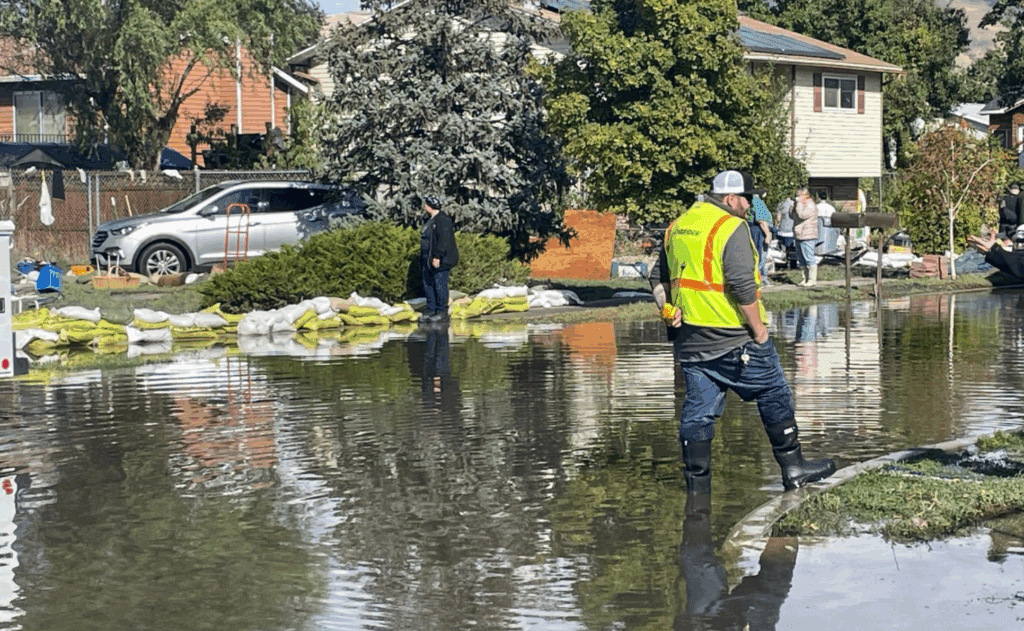
The Miller Family Foundation grant will be distributed through the Westside Coalition, a network of community councils and organizations serving westside neighborhoods. Larry H. Miller Real Estate has also committed up to $25,000 in donated materials for home repair to help residents restore their homes.
“We are grateful for the partnership and generosity of the Larry H. & Gail Miller Family Foundation,” said Dan Strong, president of the Westside Coalition. “Funds like these allow us to provide immediate relief, help residents repair their homes, and fortify our westside neighborhoods.”
Funds are already in the process of being distributed, and many residents have begun the work of restoring their homes.
“Our hearts go out to the families and neighborhoods impacted by this destructive flooding,” said Don Stirling, executive director of the Miller Family Foundation. “The westside is an essential part of our community, and we’re grateful for the partnerships and efforts to help residents recover and rebuild.”
The Miller Family Foundation is a committed partner to the Westside. In 2024, they launched the first-ever Westside Community Grant program, which assists organizations serving individuals and families living in Salt Lake’s westside neighborhoods. To date, the Miller Family Foundation has distributed more than $1 million to benefit 75 westside non-profit partners.
For more information about the Westside Flood Relief Fund or to see if you are eligible for support, visit: westsideslc.org/floodrelief
About the Larry H. & Gail Miller Family Foundation
The Larry H. & Gail Miller Family Foundation was established in 2007 to continue the philanthropic spirit exemplified by Larry and Gail Miller for future generations. The Larry H. & Gail Miller Family Foundation supports programs that enrich lives and communities in the areas of health and medicine, shelter and food security, education and skill development, jobs and economic self-reliance, and cultural and spiritual enrichment. Read the Larry H. & Gail Miller Family Foundation’s 2024 Impact Report here: https://joom.ag/rUjd
About the Westside Coalition
The Westside Coalition is a resident-led advocacy and community-building organization serving the westside neighborhoods of Salt Lake City. With a mission to advocate for the health, safety and quality of life of the community, we partner with local residents, business owners, nonprofits and public agencies to promote equitable investment and meaningful change. For more information, visit westsideslc.org.


